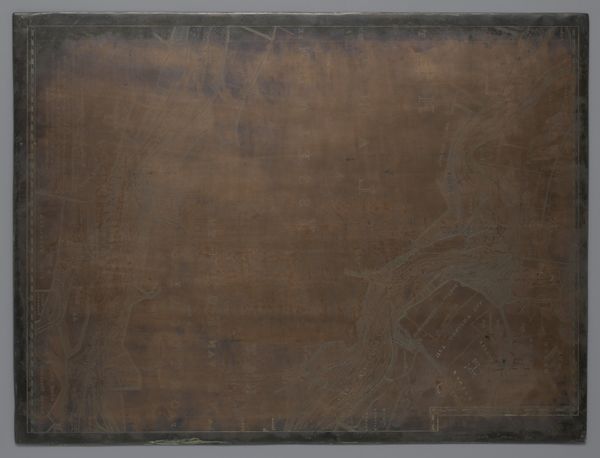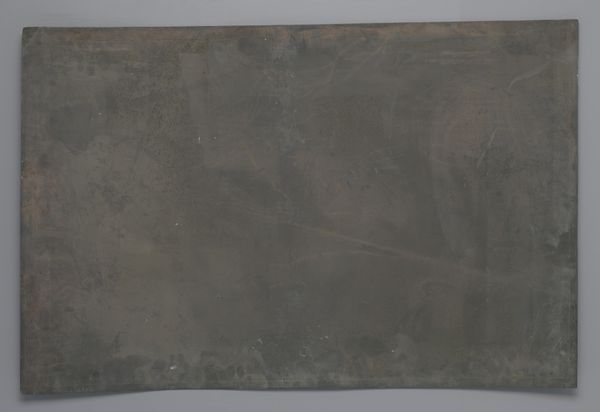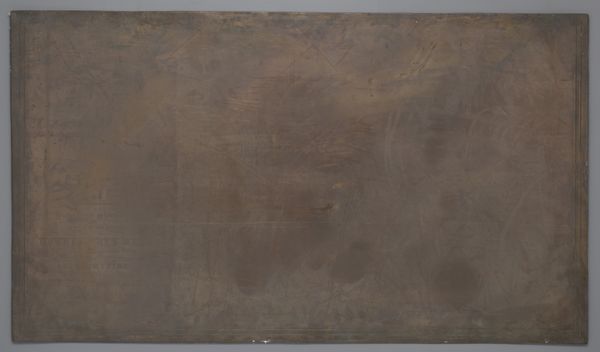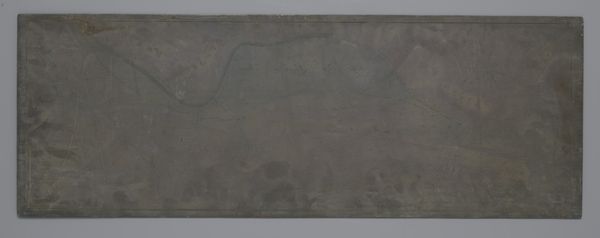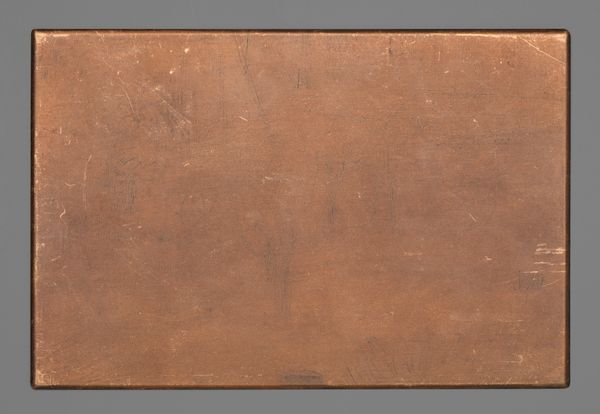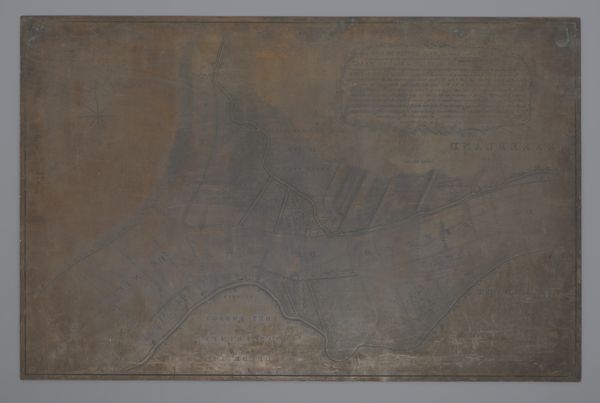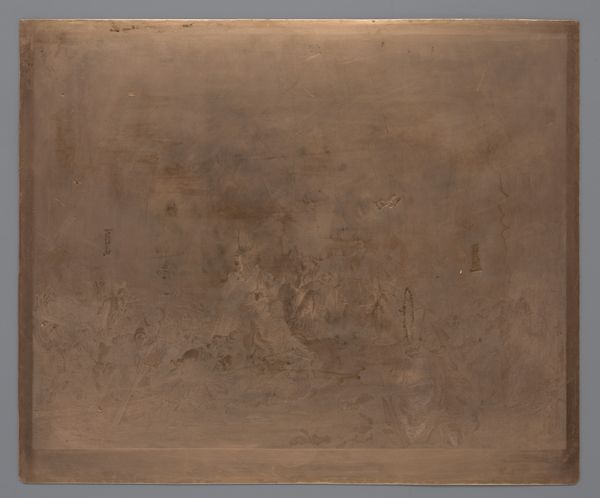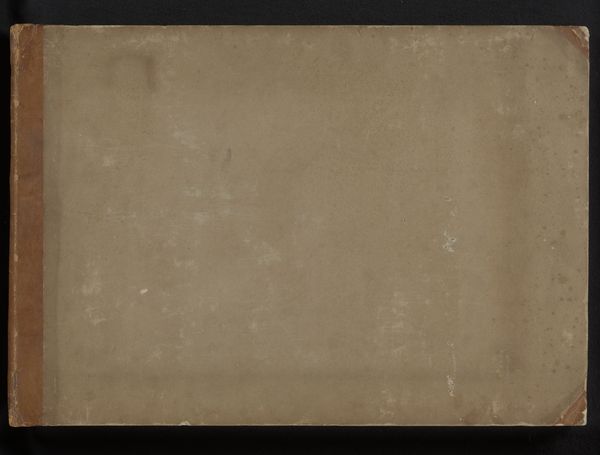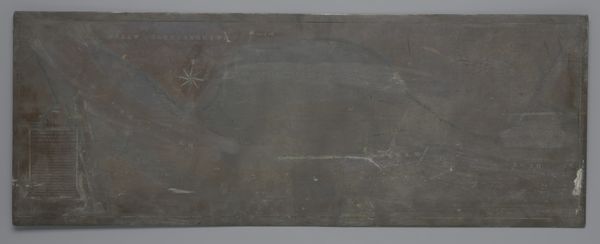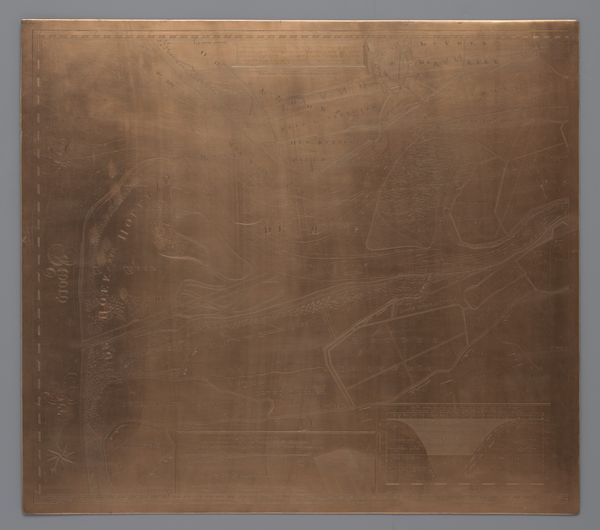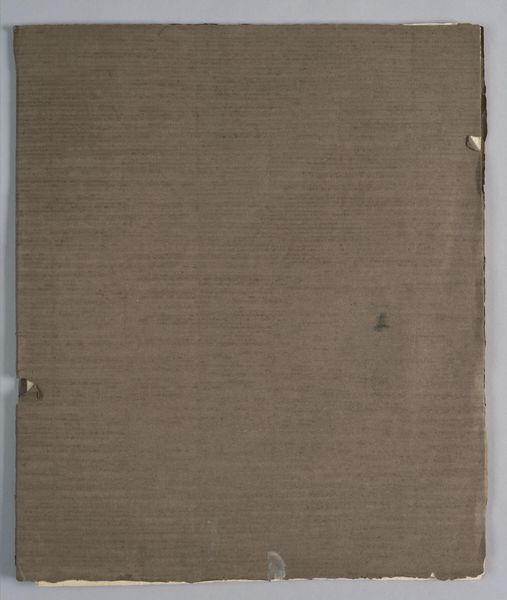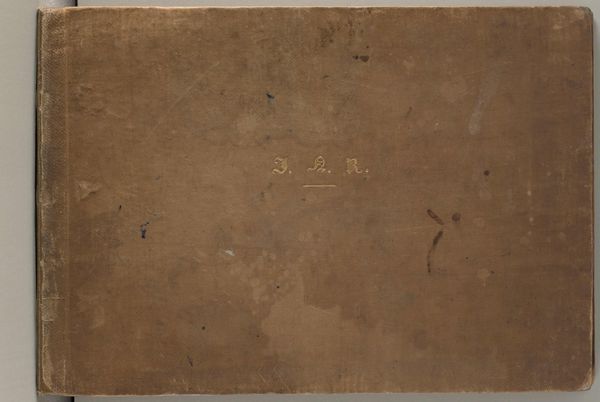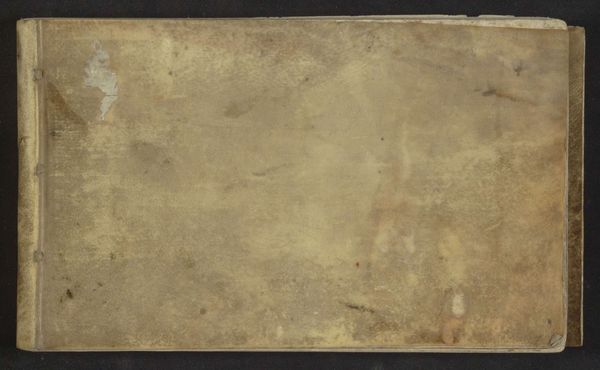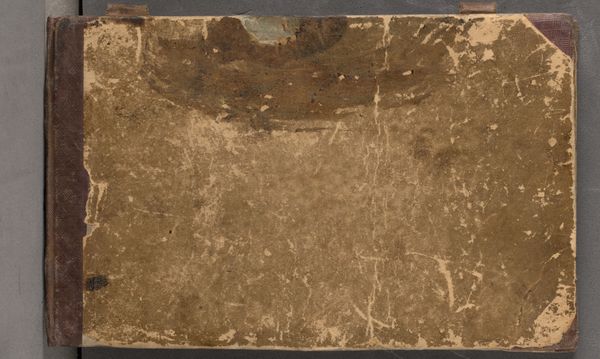
drawing, paper, watercolor
#
drawing
#
water colours
#
landscape
#
paper
#
watercolor
#
watercolor
Dimensions: height 299 mm, width 880 mm
Copyright: Rijks Museum: Open Domain
Curator: Here we have "Copper Plate with the Profile of the River Linge," created after 1754 by Isaak Tirion. It's currently held here at the Rijksmuseum. This drawing is done with watercolor on paper, and showcases Tirion's skill as a landscape artist. Editor: Immediately, I'm struck by the unusual presentation. It feels very diagrammatic and less focused on artistic flourishes. It seems practical, almost like an engineering document. The patches of ochre colour feel really modern though, strangely so for the date. Curator: Yes, that’s an interesting point. This work gives us insight into the developing infrastructure of the Netherlands at the time. Waterways were vital for trade and transportation. It shows the growing interest in technical accuracy alongside artistic representation of the landscape. It represents, literally and figuratively, channels of power. Editor: Definitely, but how accessible would such a representation have been to the public then? This isn't your typical landscape painting meant for aesthetic pleasure. Was it a document meant for officials or engineers? This image presents a controlled version of nature that arguably distanced people further from it. Curator: I understand your point about access. Such detailed profiles were probably meant for those involved in managing and maintaining the waterways, demonstrating both a practical application and the state’s careful attention to crucial resources. Editor: So, it serves almost as a proto-map, standardising nature. Who owns the river becomes an even sharper question here, visualized through Tirion’s objective representation of space. It feels almost like data visualization—before data visualization was a common practice. Curator: It speaks volumes about how the control and distribution of water was already a very political act by the mid-18th century. Art played a crucial role in visualising these ambitions. Editor: This has really opened up how I see historical landscapes; less about capturing beauty and more about controlling spaces. Curator: Exactly. Seeing this more practically designed, not to look good or like scenery. But almost like infrastructure planning for an elite set of stakeholders in that infrastructure.
Comments
No comments
Be the first to comment and join the conversation on the ultimate creative platform.
